Legumes are a type of plant that belongs to the family Fabaceae. They are characterized by their fruit, which is a pod containing seeds.
Nigeria is home to wide varieties of legumes, which are plants grown for their seeds. These seeds can be eaten as a vegetable or ground up and used in stews or sauces. Legumes are used in the production of tofu and tempeh, which are soy products.
Legumes are an excellent source of protein, fiber, B vitamins, and minerals such as iron and zinc. They’re also low-calorie foods that provide bulk without weighing you down; they make great additions to soups or salads (typical serving size is ½ cup).
Legumes are effective in reducing mortality rates. One study has shown that regular intake of 20g of legumes reduces the risk of death by 6%.
Below are some of the most common legumes in Nigeria that you should include in your daily diet.
Common Legumes in Nigeria
1. Brown Beans
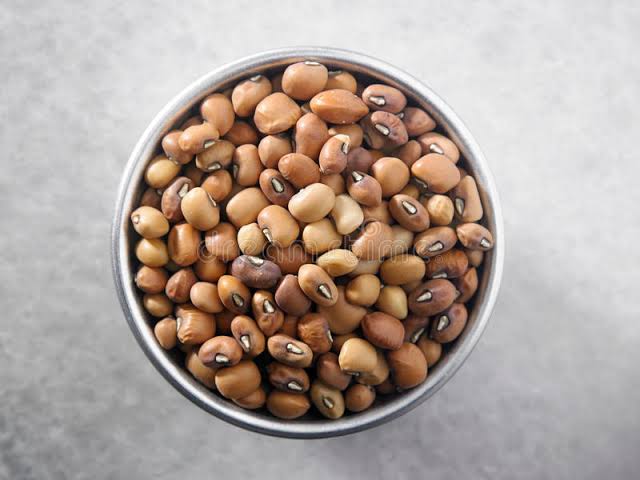
Brown beans are also known as turtle beans. They are a popular ingredient in soups, stews, and salads. They are low in calories and high in protein, fiber, and iron. When cooked properly, they can be eaten raw or cooked with other vegetables, such as carrots or potatoes.
Brown beans contain many minerals, including potassium (the electrolyte), magnesium, folate, and vitamin B1, which can help lower blood pressure as well as reduce the risk of heart disease by lowering LDL cholesterol levels in the body’s bloodstream.
2. Green Beans

Green beans (commonly known as snap beans and string beans) are young, unripe fruits of the common bean (Phaseolus vulgaris).
They come in many different colors and varieties, but green is the most common.
These vegetables are usually cooked before consumption, so they’re high in fiber, vitamins A, C, K, dietary fiber, and potassium.
They can be prepared in a variety of ways, including steaming, boiling, sautéing, and roasting. They are often used in salads, casseroles, and as a side dish.
3. Some Nuts
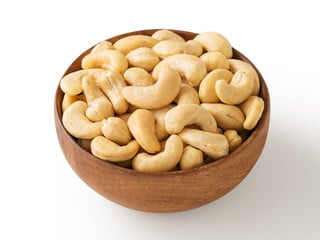
Nuts are one of the common legumes in Nigeria. The most common type of nuts in Nigeria are walnuts, cashew nuts, and soynuts. Nuts are rich in protein, carbohydrates, and fat. For instance, groundnuts are effective in maintaining the health of the heart.
Go for the dry-roasted and unsalted varieties when eating nuts. It is healthier than the oil-fried varieties rich in sodium and fats.
4. Black-eyed beans
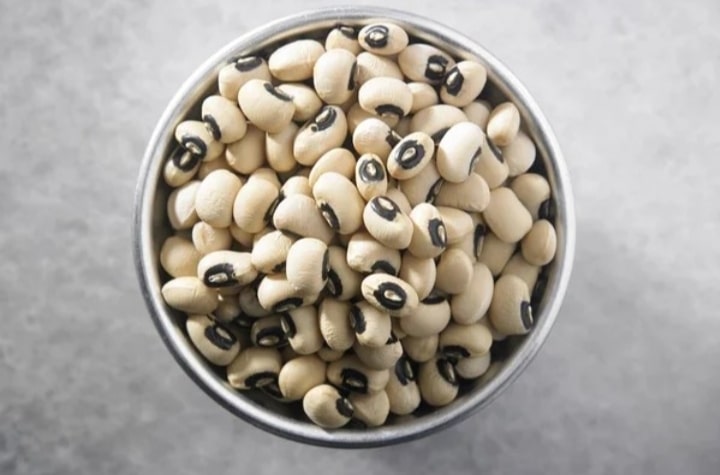
Black-eyed bean (Vigna unguiculata) is a medium-sized, edible legume grown in many parts of the world. It is a specie of cowpea, a plant domesticated in Africa, and is sometimes called cowpea.
They have a very pale color and a large black, brown, or red spot that resembles an eye, hence, the name.
They are often used in preparing Ewa riro (stewed beans) and many other dishes in Nigeria.
5. Pigeon Peas
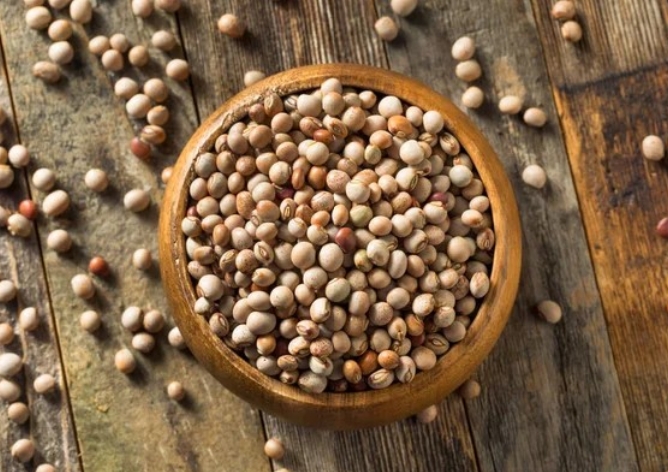
Pigeon peas are one of the most common legume crops which grow in tropical and subtropical regions around the world and are commonly consumed in Nigeria and many other parts of Africa.
In Nigeria, pigeon peas are called fio fio in Igbo, waken-masar in Hausa, and otinili in Yoruba.
The meal made from pigeon peas is also called fio fio, which is prepared with Achicha Ede. It is a popular Igbo food in the South Eastern part of Nigeria.
6. Soybeans
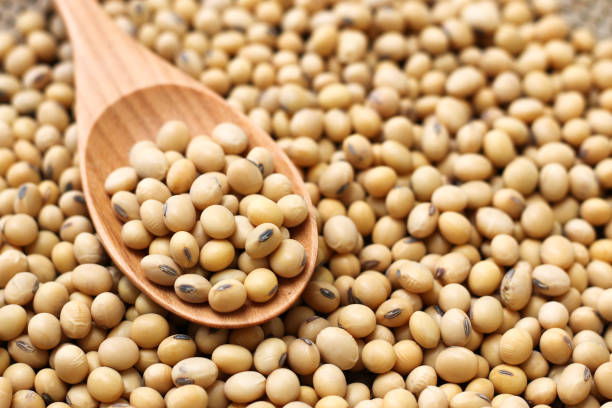
Soybeans are not just one of the common legumes in Nigeria, because Nigeria is one of the largest Soybeans producers in Sub-Saharan Africa.
They are a good source of protein, carbohydrates, and healthy fats, as well as various vitamins and minerals. Soybeans are also rich in antioxidants and phytochemicals, which have been linked to various health benefits.
7. Groundnuts
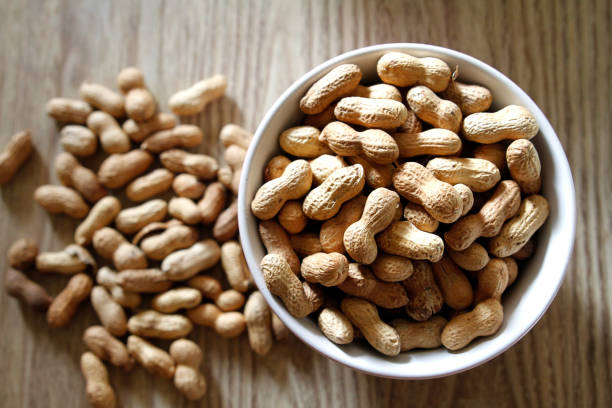
Although many Nigerians group them as nuts, groundnuts are actually a legume crop.
Groundnuts or peanuts are grown mainly for their edible seeds. They are cultivated, consumed, and sold in many parts of Nigeria.
Groundnuts are packed with potassium, calcium, phosphorus, and B vitamins, providing a wide range of health benefits.
They offer a balanced combination of healthy fats, protein, and fiber, which helps control appetite, reduce the risk of heart disease, and maintain stable blood glucose levels.
Groundnuts and cucumber are one of the most popular food combos in Nigeria.
8. Kidney Beans
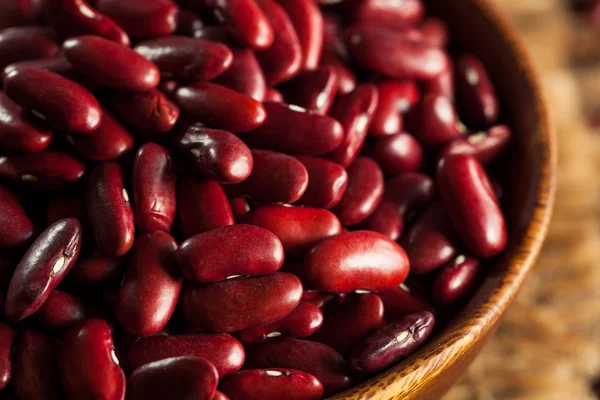
Kidney beans are one cultivated in Nigeria but can be found in most food markets and malls in the country. They are called kidney beans because they are shaped like a kidney.
Red kidney beans is the most popular type of kidney beans in Nigeria and is one of the the most nutritious legumes here.
They are a good source of protein, fiber, and various essential nutrients, making them a valuable addition to a balanced diet.
9. Lentils
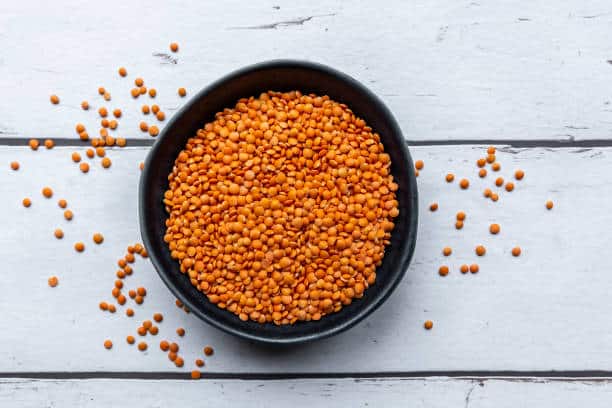
Lentils are one of the common legumes in Nigeria. They usually come in a flat, round shape and differ in color.
They are highly nutritious – the fiber content makes them healthy and effective for gut health.
Lentils come in two forms: sprouted and non-sprouted. Both differ in their nutritional content. A cup of uncooked sprouted lentils contains 0.5 g of fat, 7 g of protein, 17 g of carbohydrates, and 82 calories.
Non-sprouted lentils provide higher concentrations of these nutrients. Although, the non-sprouted ones are used more in cooking dishes.
10. Lima Beans
Lima beans, also known as butter beans, possess a gentle, creamy texture and feature a flat, slightly curved shape. Similar to other beans in this category, lima beans are rich in protein, providing 15 grams per cup, and are packed with essential nutrients.
It is not grown in Nigeria, but can be found in supermarkets around the country.
Conclusion
Legumes are generally healthy and possess a lot of amazing nutritional benefits. You should eat some of these common legumes in Nigeria as often as you can.
YOU SHOULD ALSO READ:
- 7 Healthy Raw Foods In Nigeria
- 7 Healthy Fermented Foods In Nigeria
- 10 Nutritious Calorie-Dense Foods In Nigeria
- 10 Nutritious Igbo Foods In Nigeria
- 10 Nutritious Yoruba Foods in Nigeria
- 10 Nutritious Hausa Foods in Nigeria
- 10 Healthy Vegan Foods In Nigeria
- 10 Acidic Foods In Nigeria
- 15 Healthy Nigeria Foods That Reduce Belly Fat
- 8 Nutritious Nigerian Foods For Cold Weather
Collins Nwokolo is a human physiologist, writer and health enthusiast. He loves writing helpful articles on health and fitness, which he enjoys sharing with everyone.
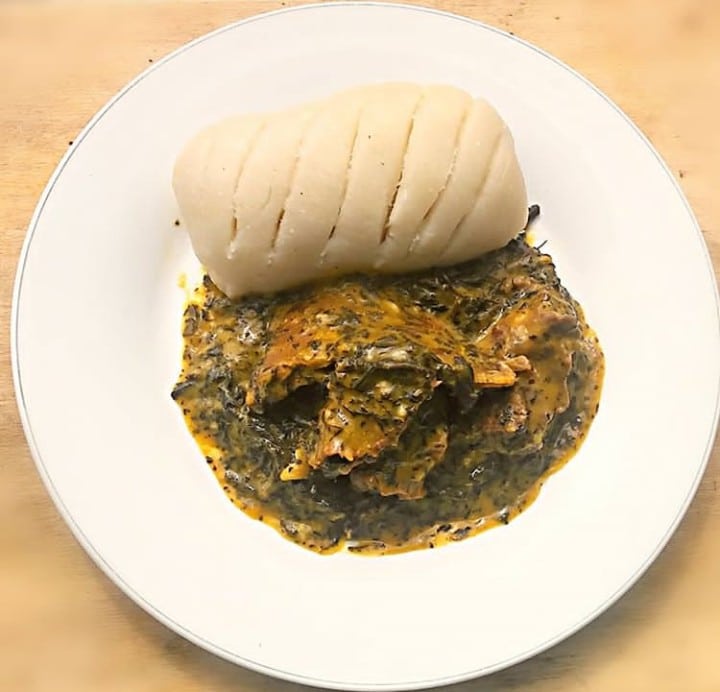
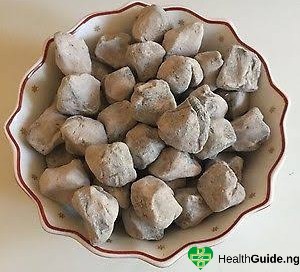

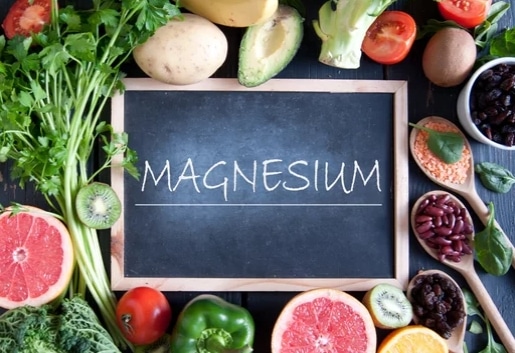

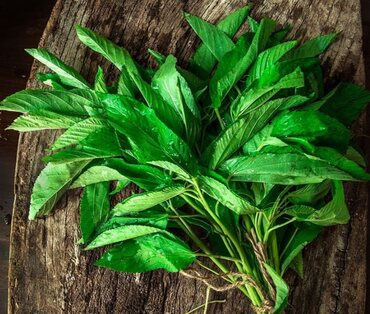
Did you write “nuts”? This is a blanket name for a wide variety of edible and some non-edible stuffs and most nuts are not even legumes.
Please edit this article and don’t miss-inform your reader.
Also, what is Otinli? I’m guessing that you wanted to write Otinli!
Do the needful. Thanks